That morning, I woke up in Rome honestly wondering if I would be able to hobble out to the car. It was time to celebrate the wonders of Leukoplast (moleskin bandage.) We had bought a roll of Leukoplast back when we were in the Alps, and initially had thought that the fact that it came in a roll was inconvenient, as it had to be cut into band-aid shapes for normal use, which meant borrowing scissors at hotel desks. But now the point of the roll made itself plain—one could swathe the whole forefoot, or rather forefeet in the case of bipeds. So the people that make Leukoplast know what they are doing after all. Tourism is akin to airplane rides—if you can walk away, things probably went as well as they needed to.
Such is the crazy tourist impulse to “see enough” to justify the trip, when combined with the time constraints imposed by costs and careers. Not that I have a career; being retired, I no longer do. Alex has a career though. But it costs money to travel, so I do have costs. Nice as it would have been to stay a week or a month everywhere we went, we were on the hop: a see-and-flee itinerary.
Thus our lightning run on Elba. We went to Elba out of curiosity. Elba, we found, merited more than a day, a week or a month. A year would not have been too much. Napoleon spent less than a year on Elba before hopping a frigate for the Hundred Days. He must have been full-on deranged. Elba is enchanted.
There are precipitous beaches on Elba, with villages located on high promontories, connected by winding roads—exceptionally narrow involuted roads hanging on hillsides above stunning precipices.
Terrace agriculture still persists on Elba, though not on the scale of olden times. We saw numerous abandoned or semi-abandoned terraces. As a practical matter, this kind of agriculture requires specialized knowledge which, once abandoned, would need to be relearned from scratch for terrace farming to resume. One reads that Elba has a long dry season with rains concentrated in the autumn, but also that Elba is very nearly semitropical except at the higher elevations. Island agriculture is within Alex's knowledge base, not mine. I was intrigued by Alex’s speculations that Elba has been and could again be agriculturally rich terroir.
Elba’s roads are nothing short of an adventure. Twenty km or so after we began to drive them, we arrived at Hotel Sant’Andrea. The hotel was brilliantly located. It was love at first site.
The hotel was a few hundred meters above sea level and we at first thought the walk down and back was perhaps not an advantage; but in truth this was a walk not to be missed, past fascinating little villas, volcanic stone walls, wonderful succulents and other interesting plants.
But in the upshot, no government or other public body came to our rescue. In almost no time, we were exiled from, rather than to, the island of Elba. It was time to head on to Volterra, a major city of the ancient Etruscans.
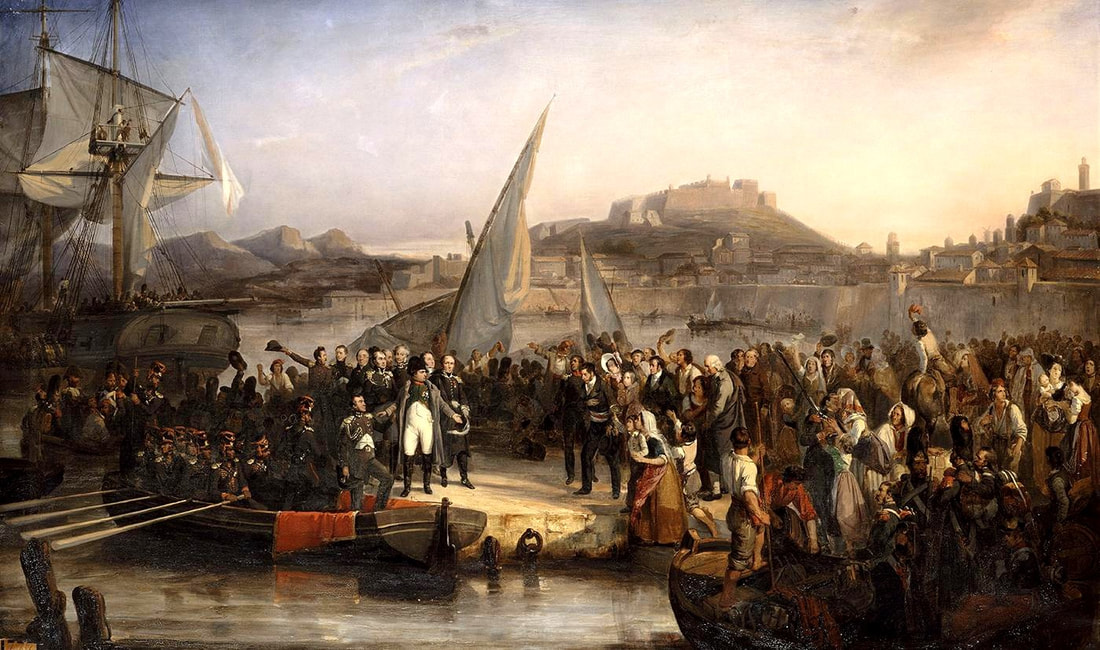
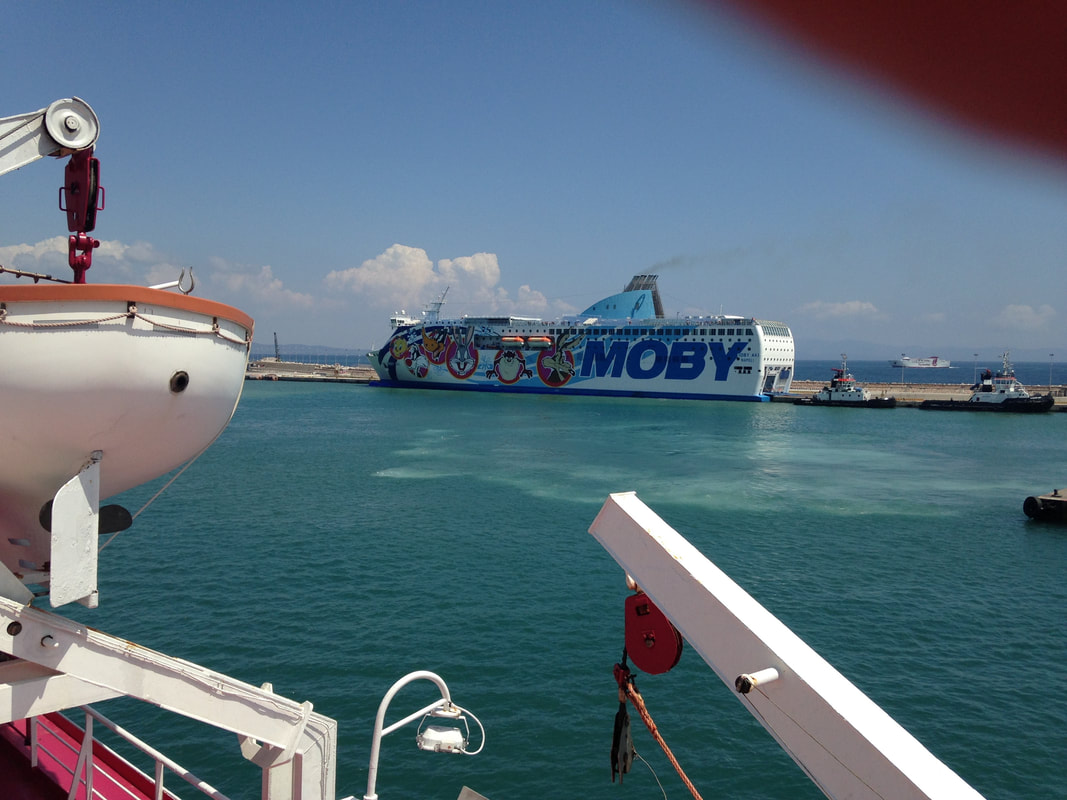
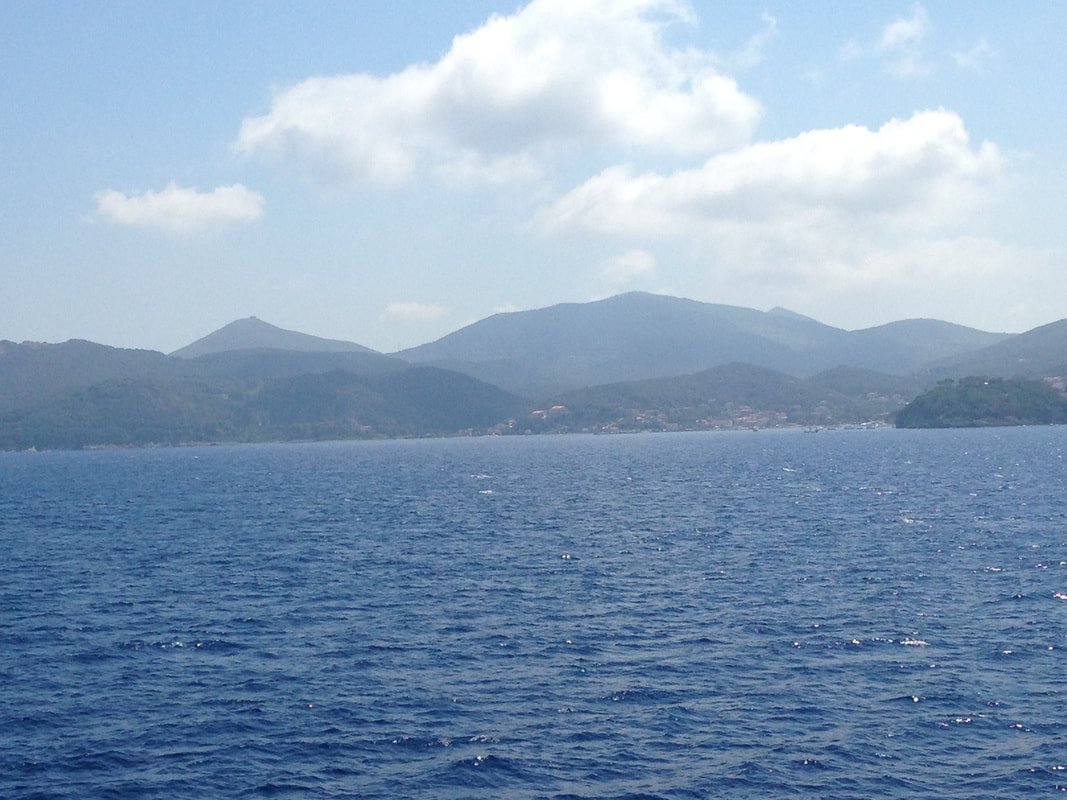
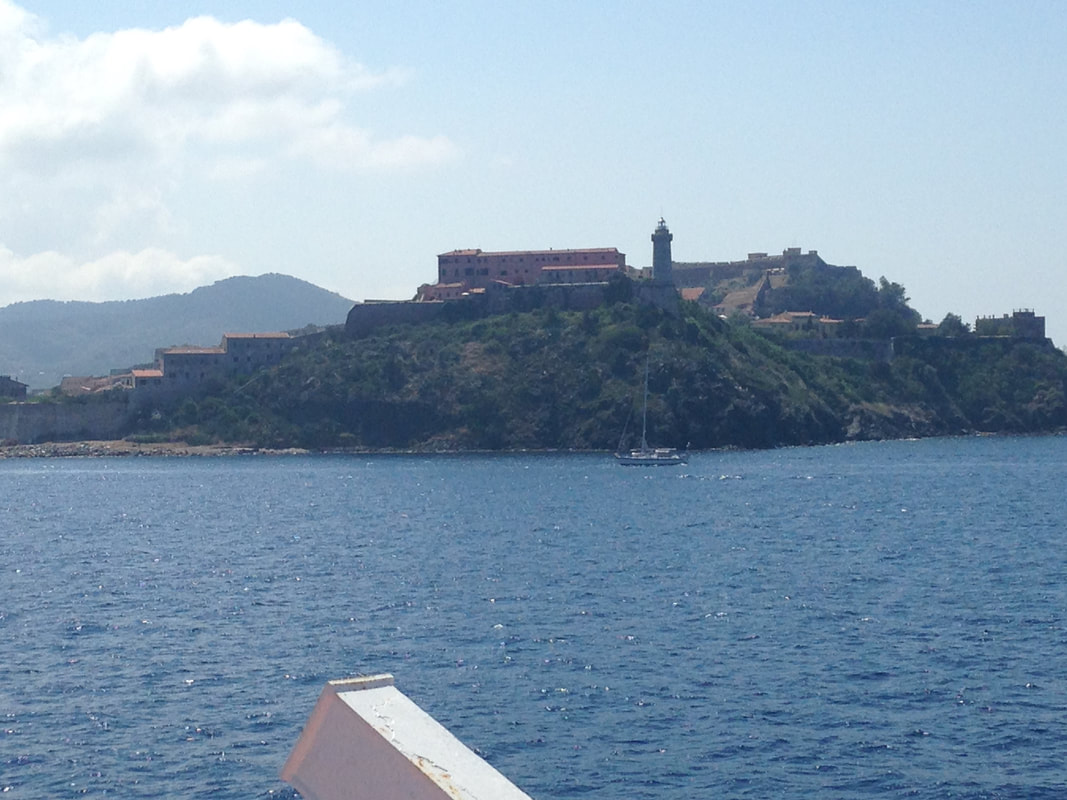
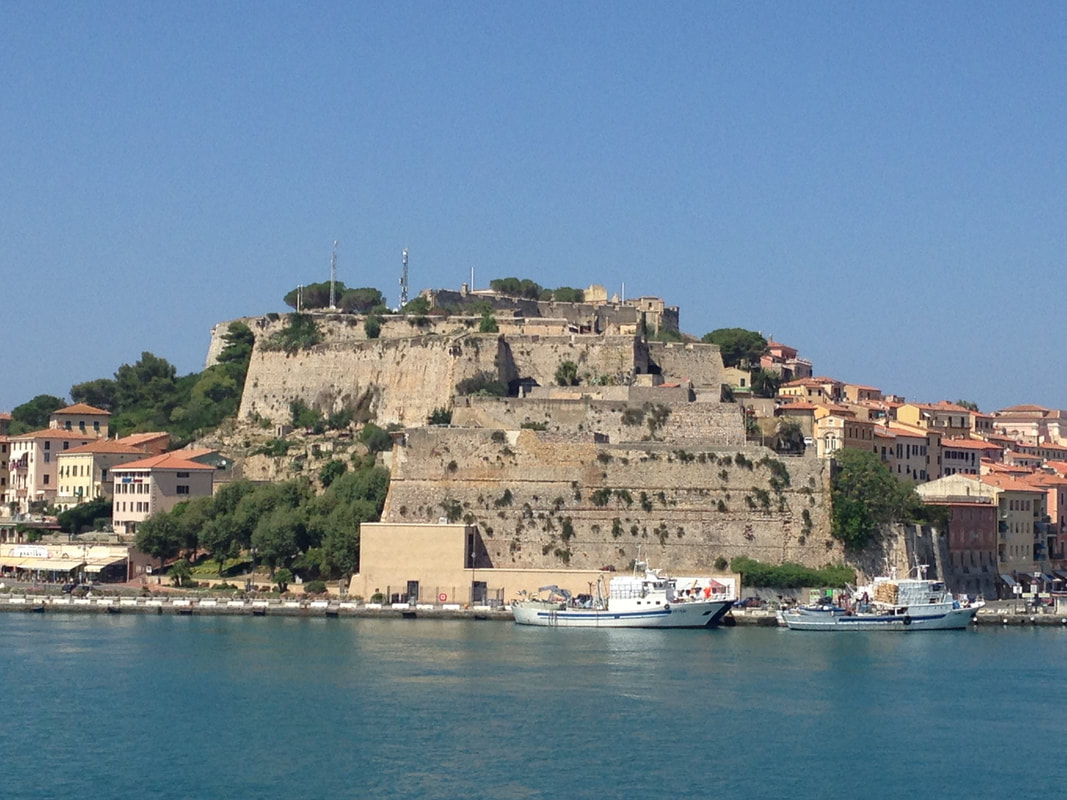
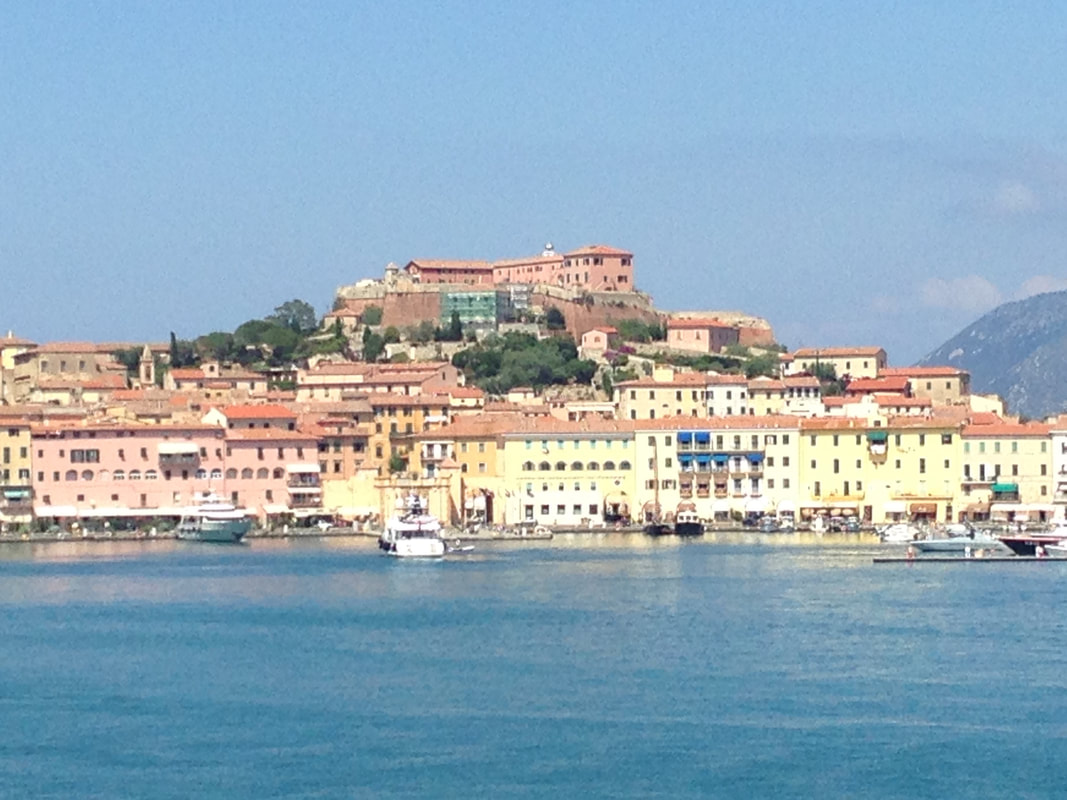
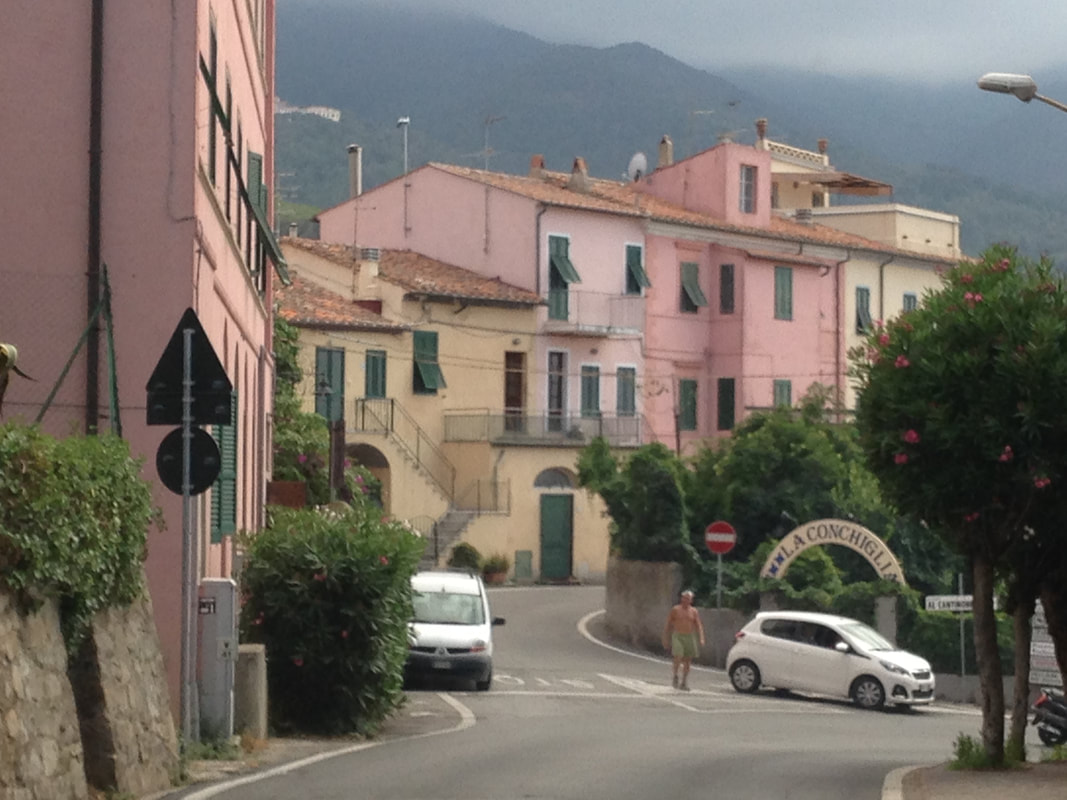
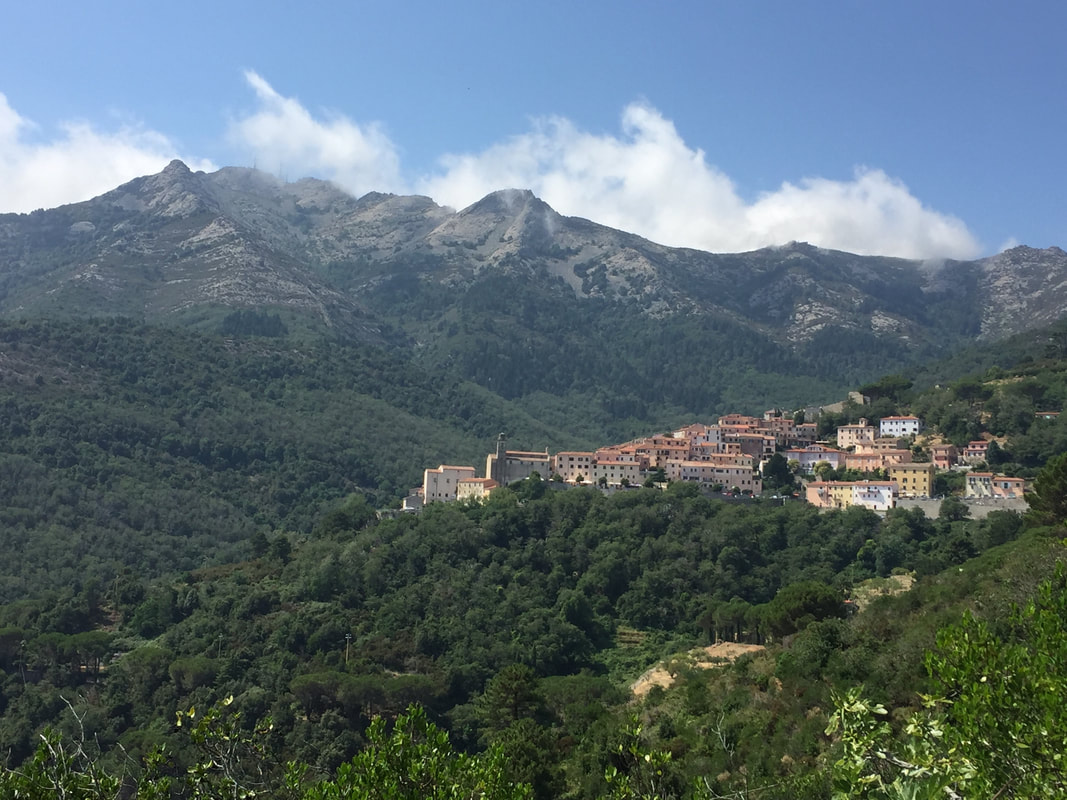
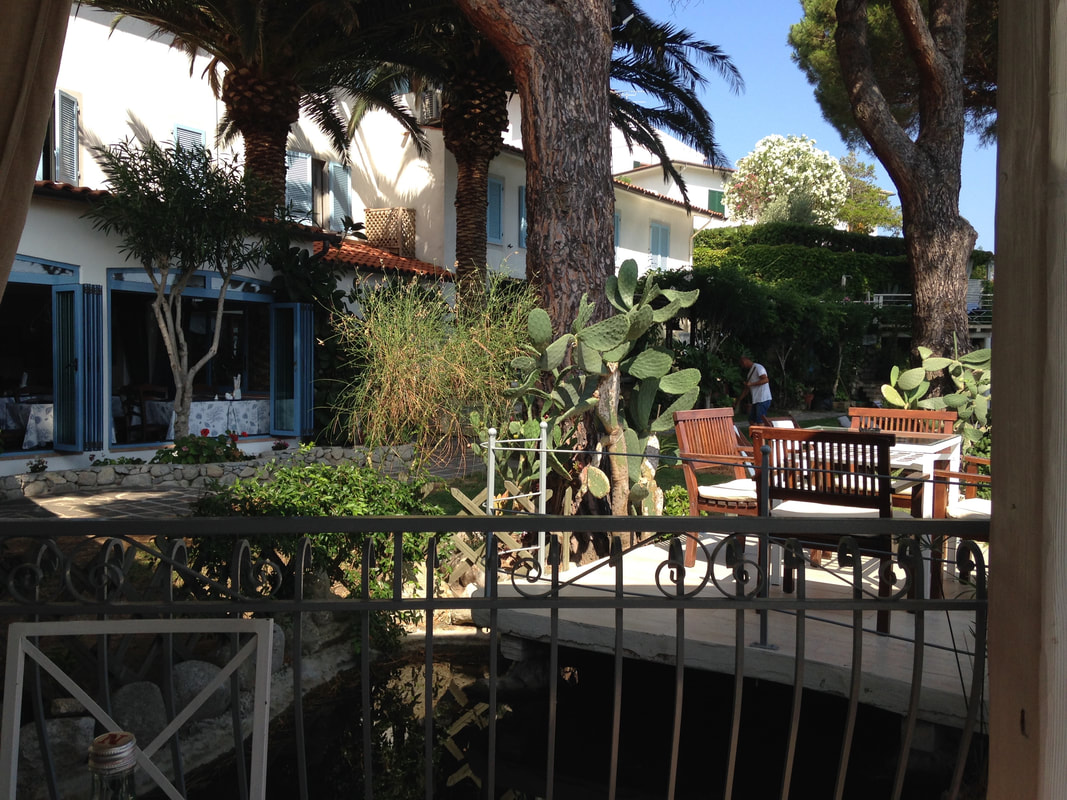
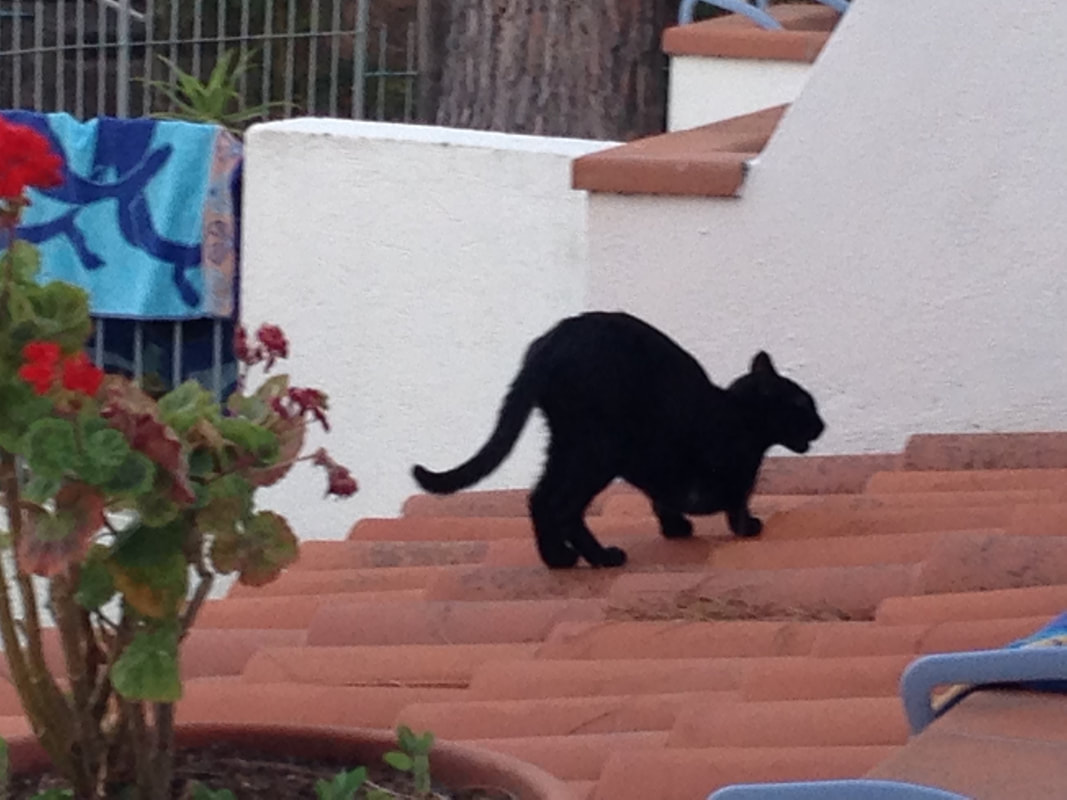

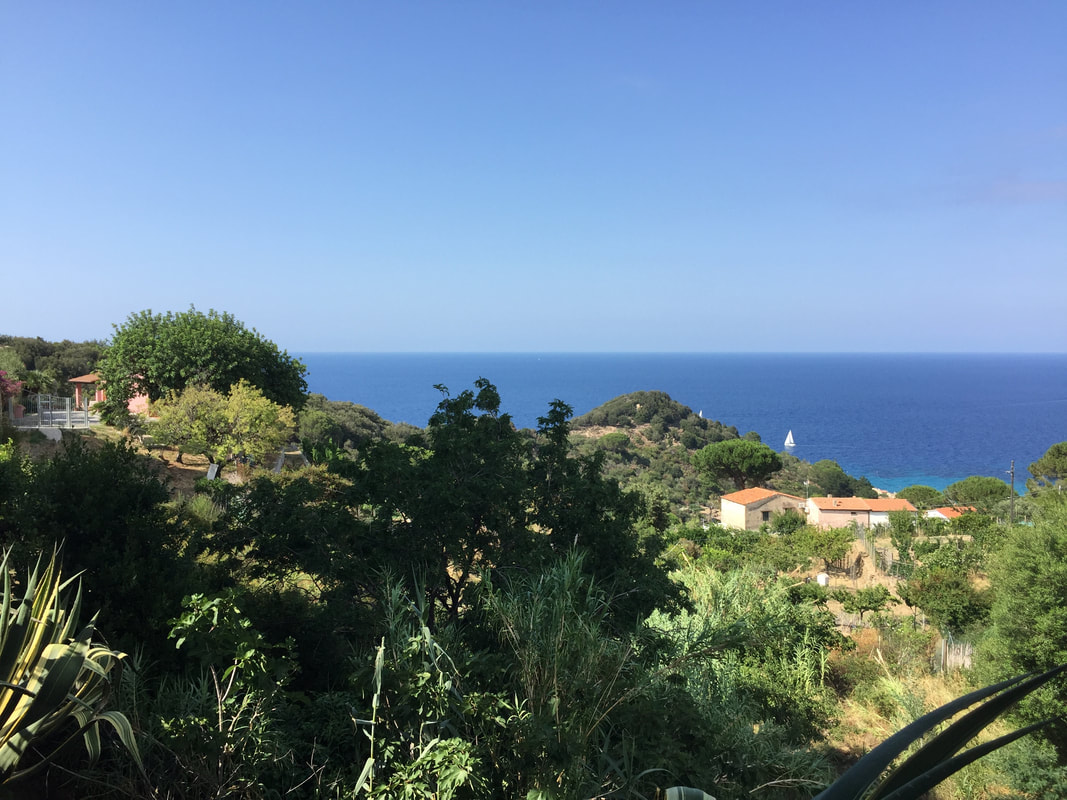
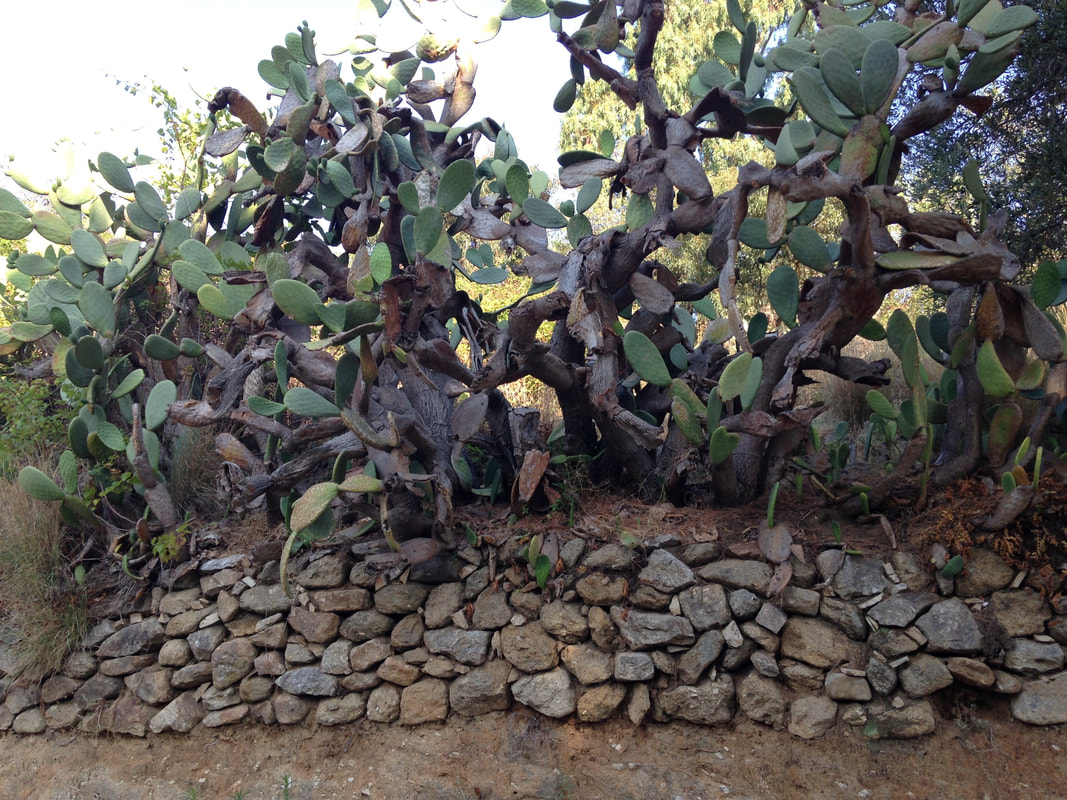
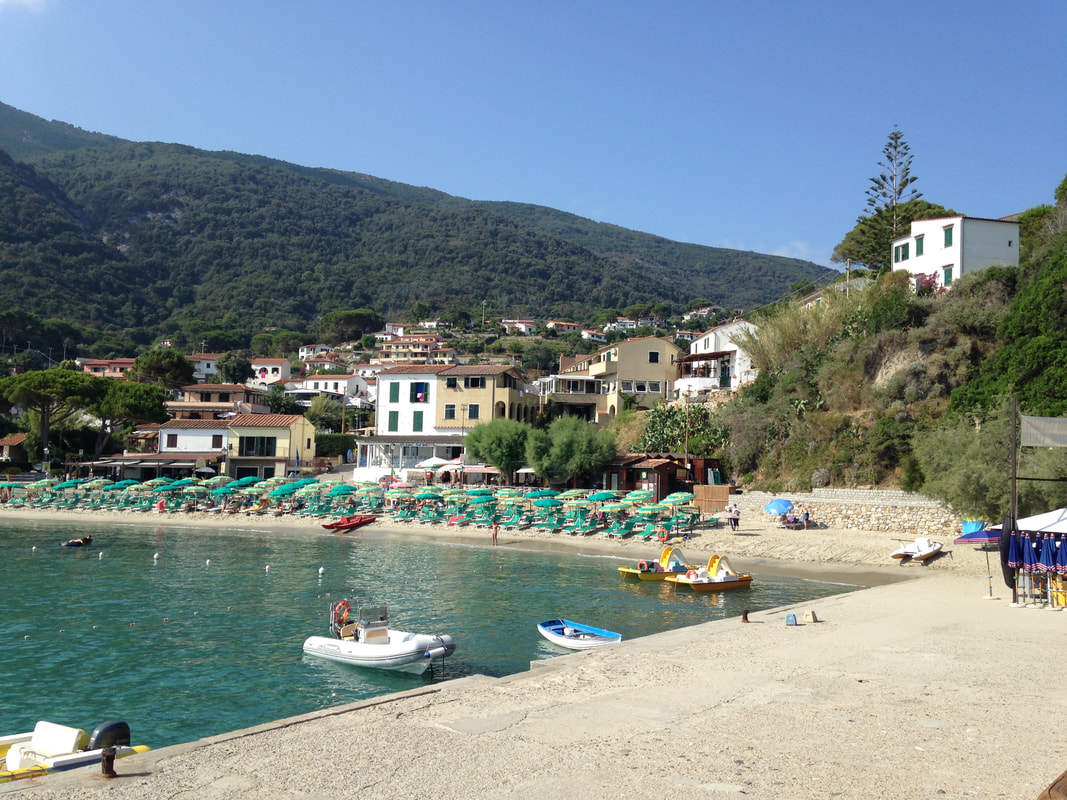
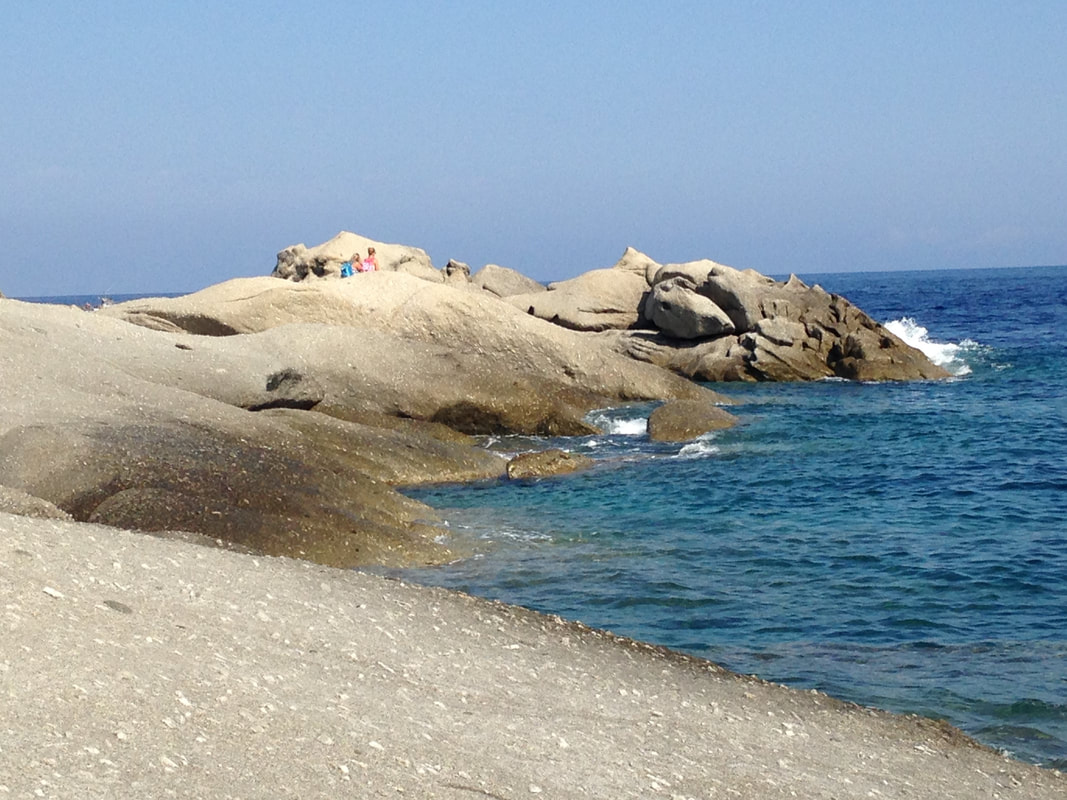
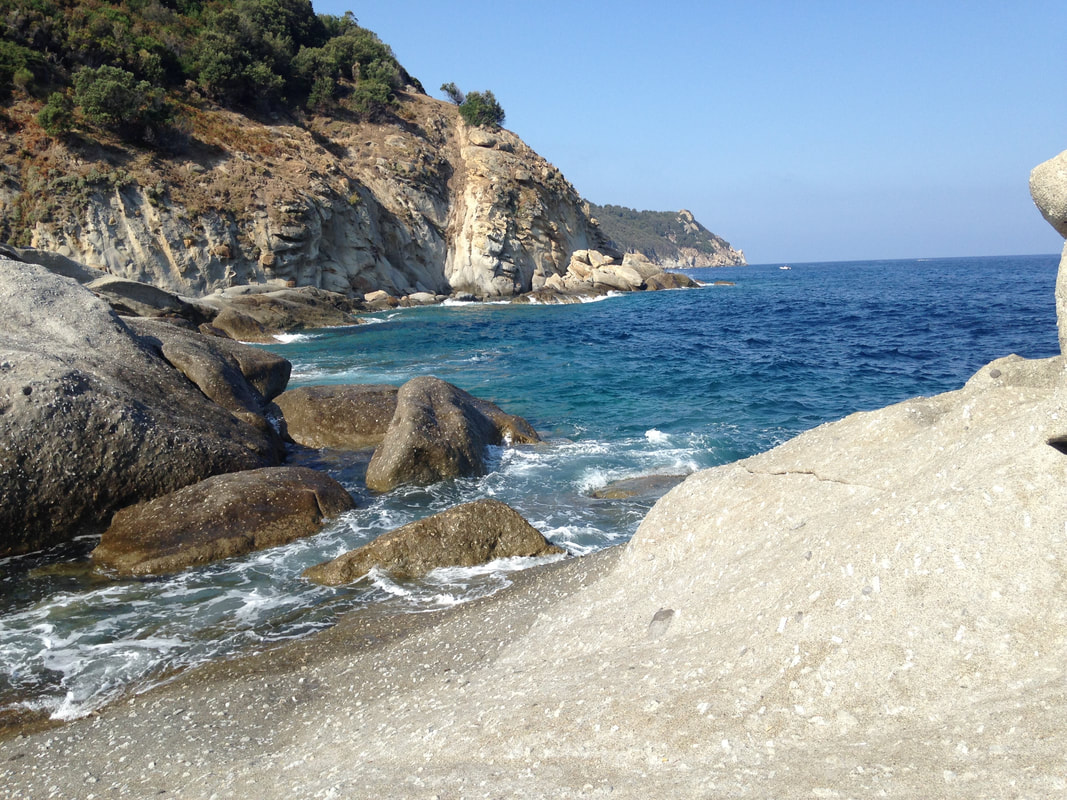
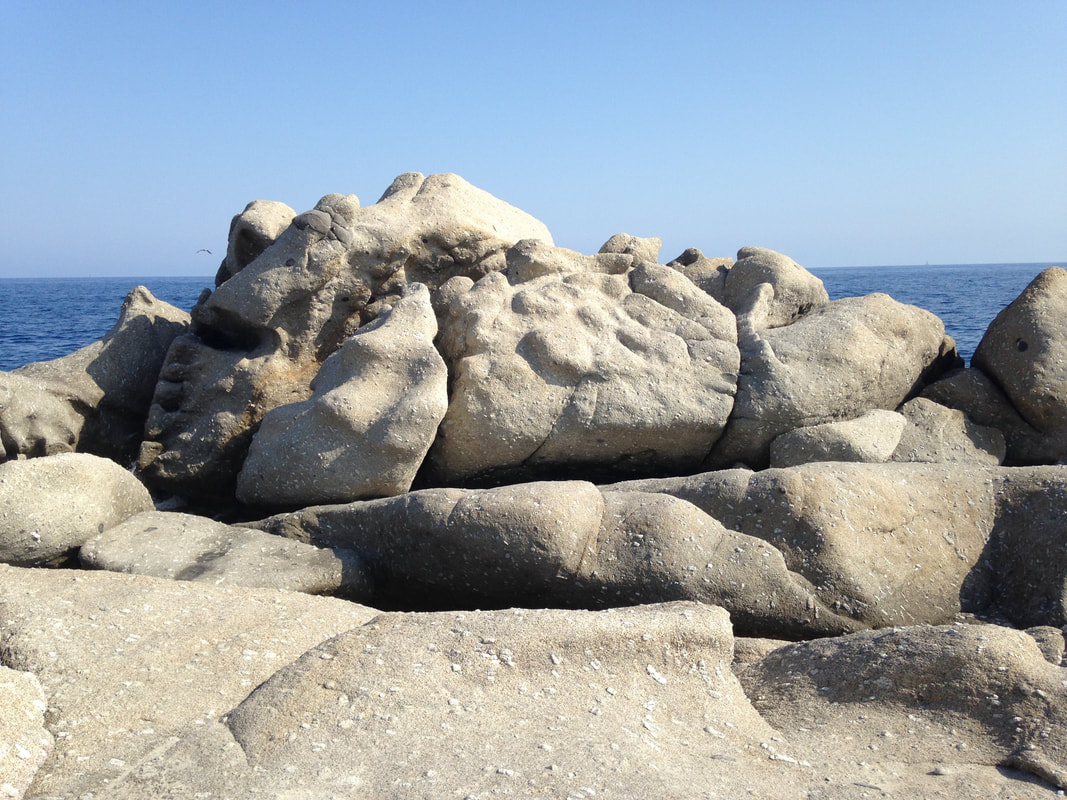
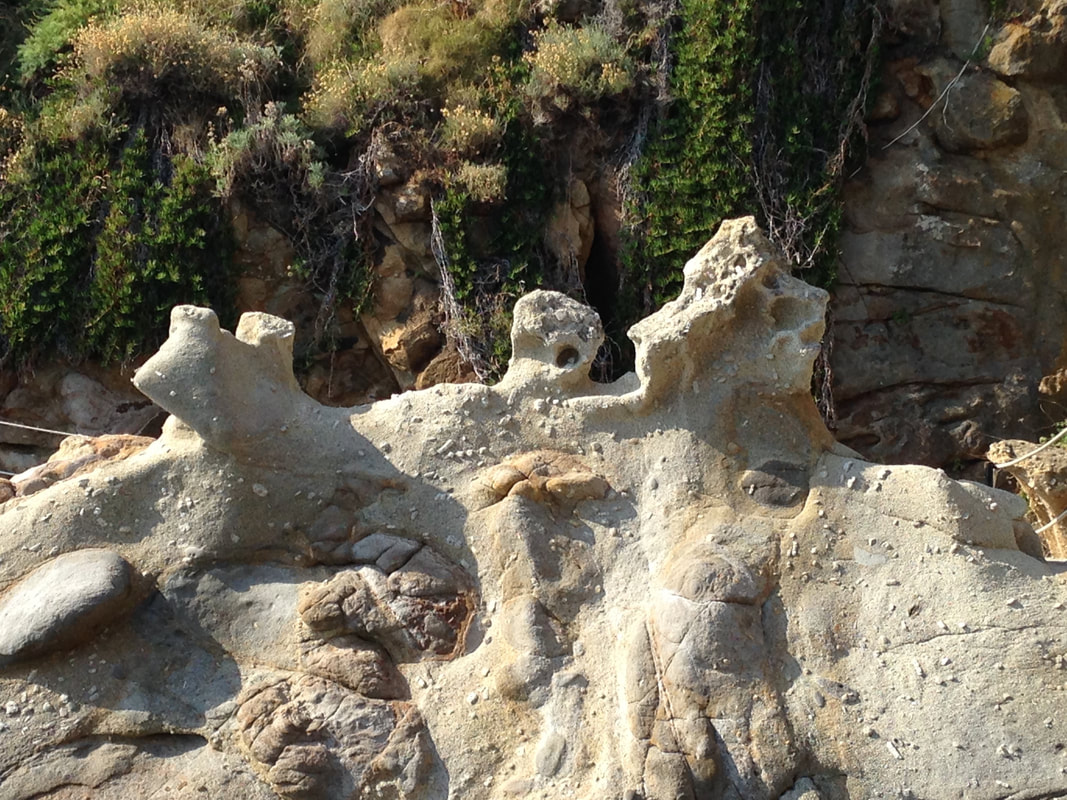
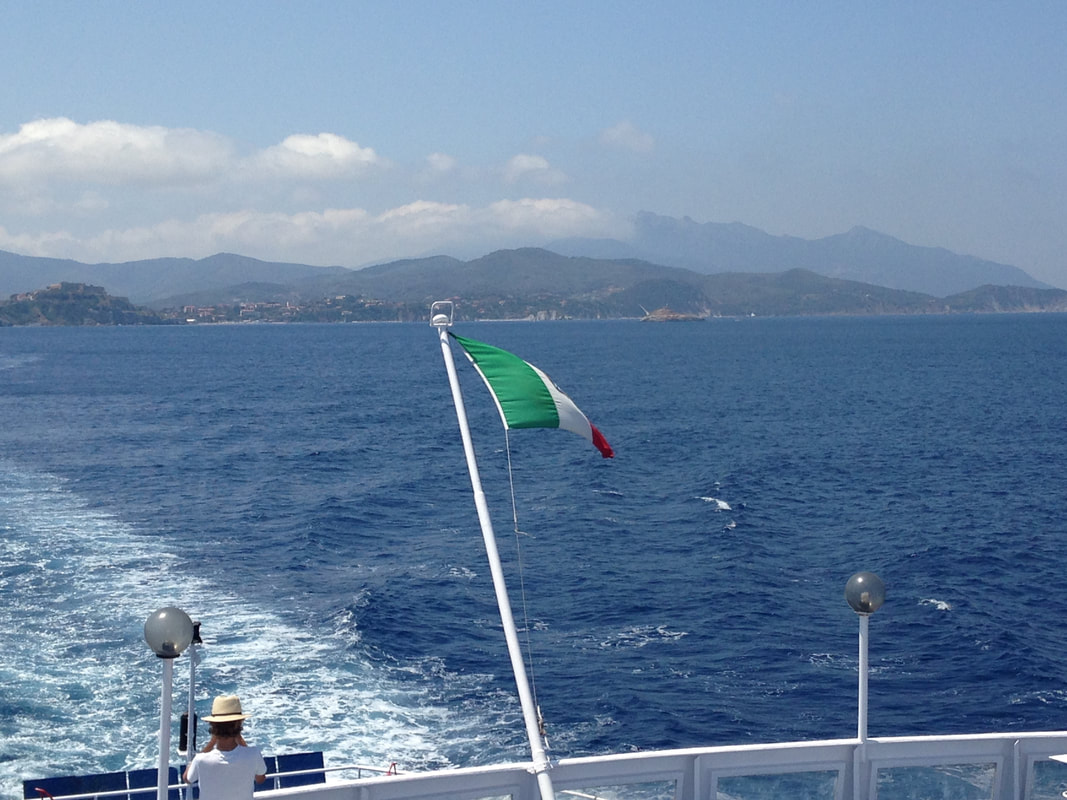
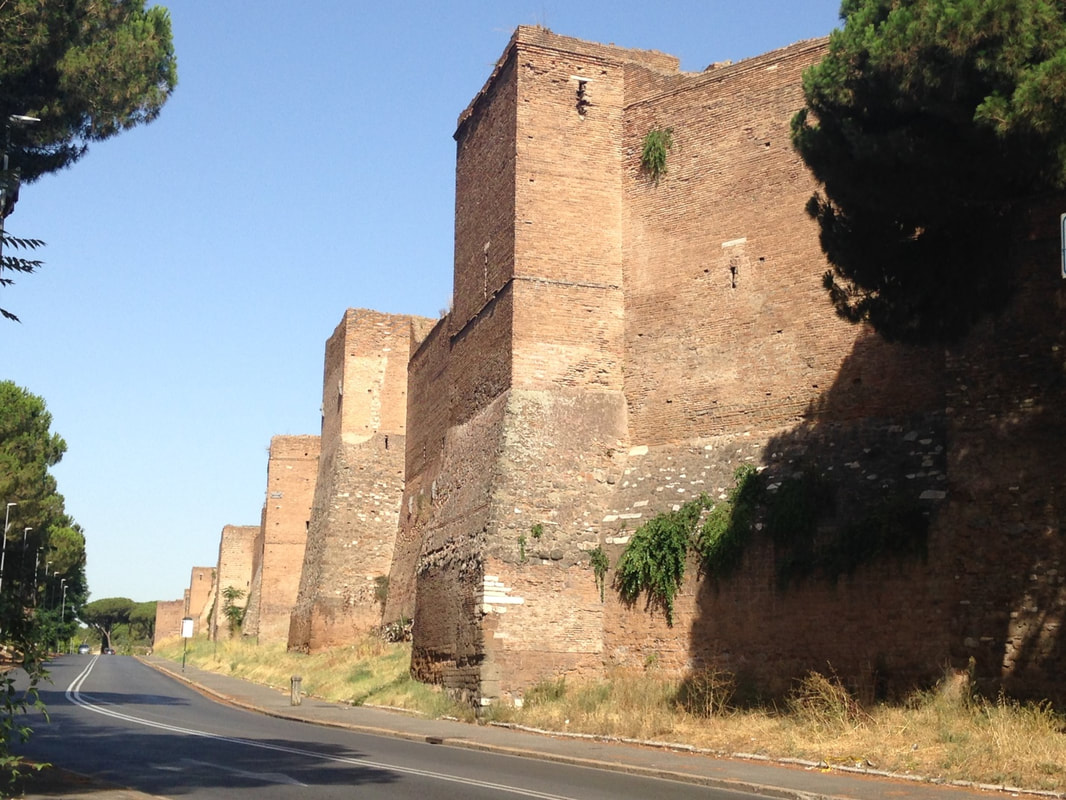
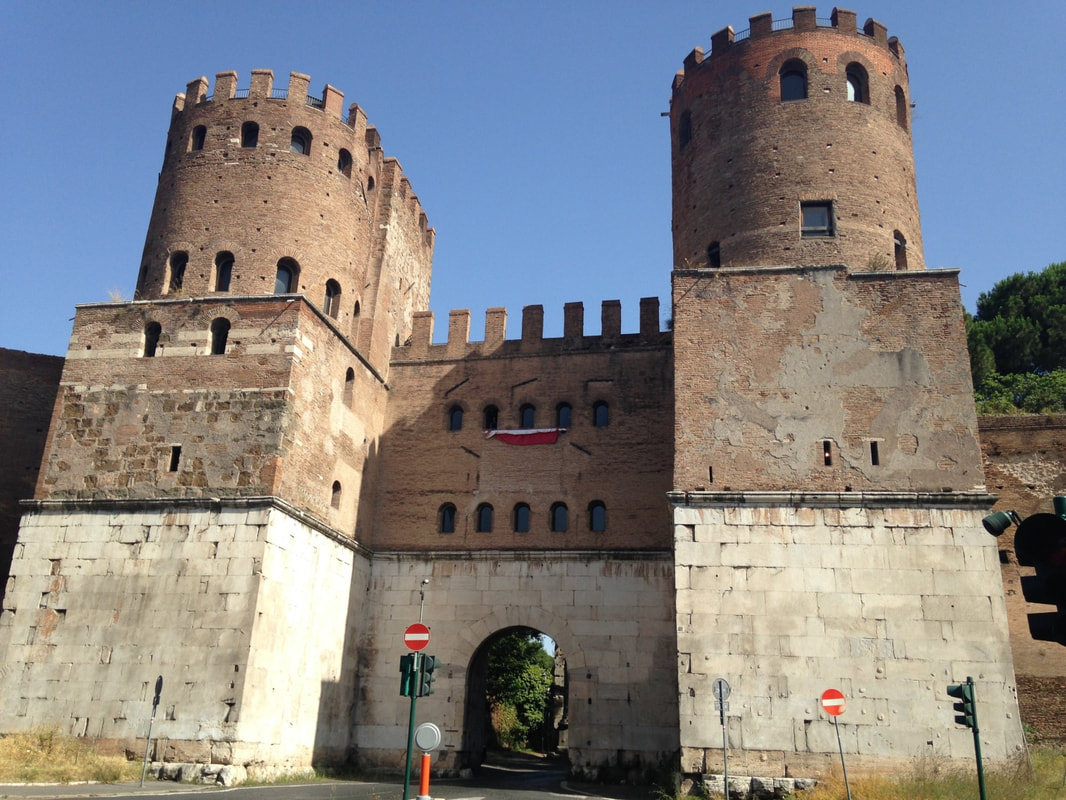
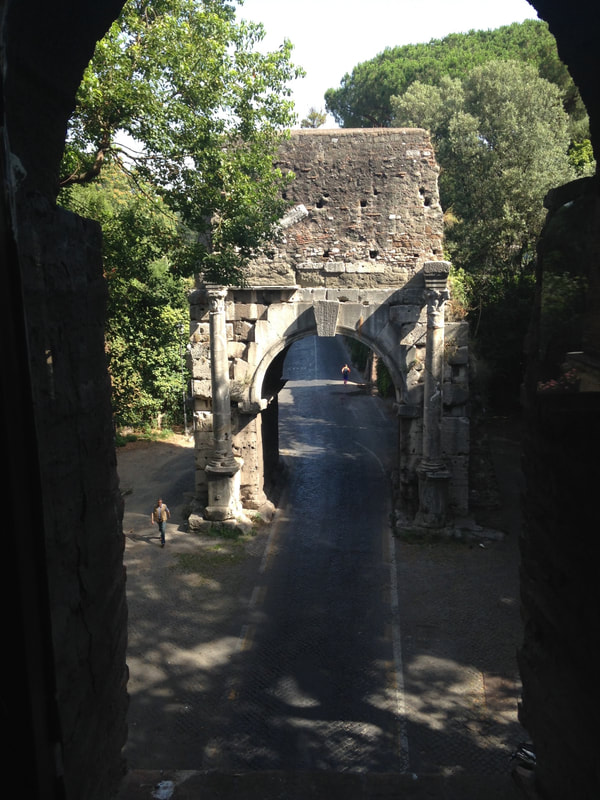
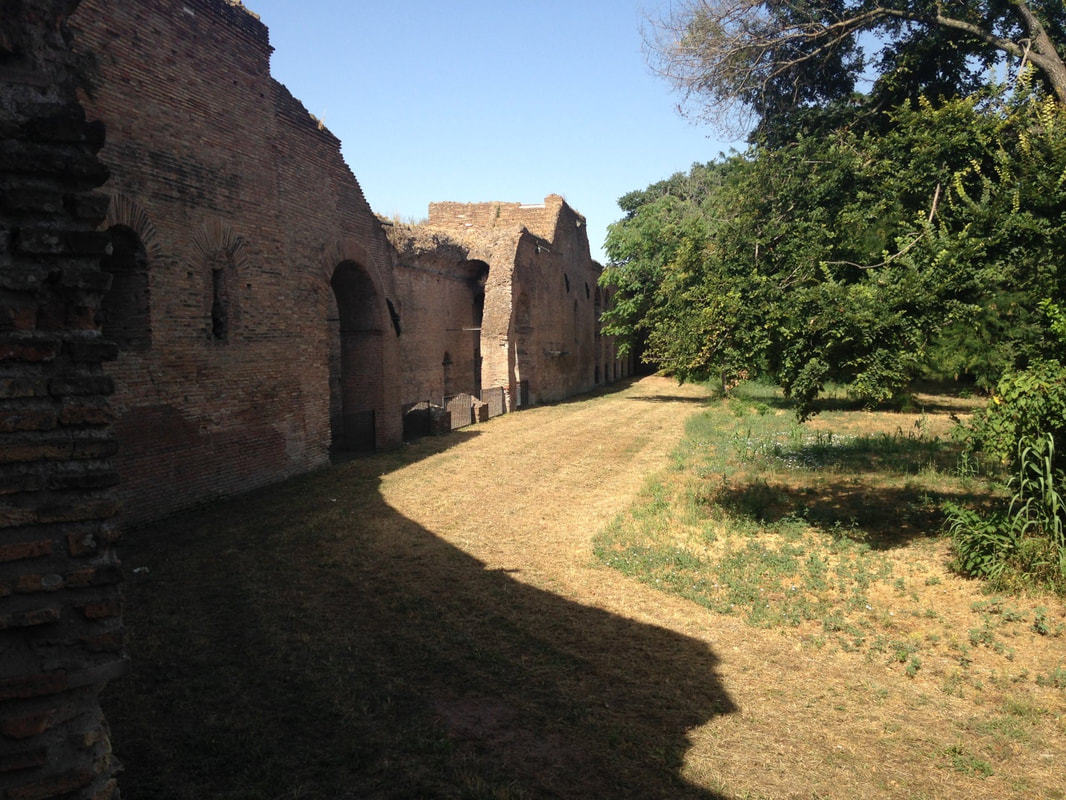
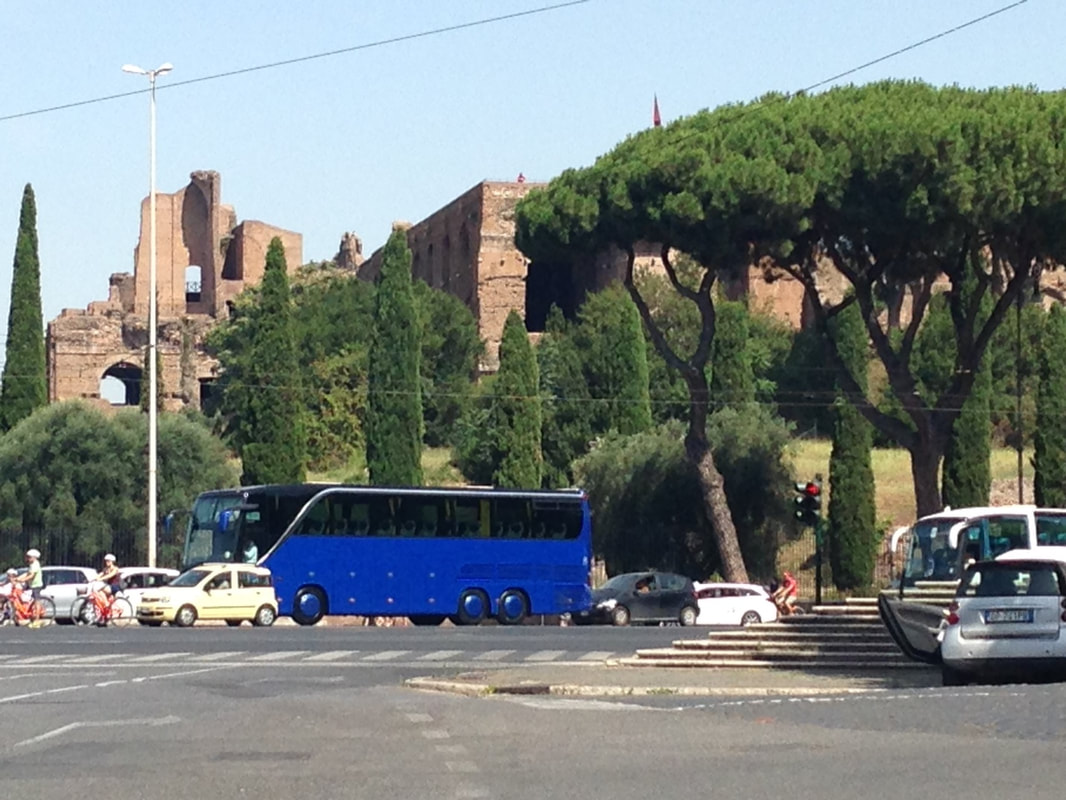
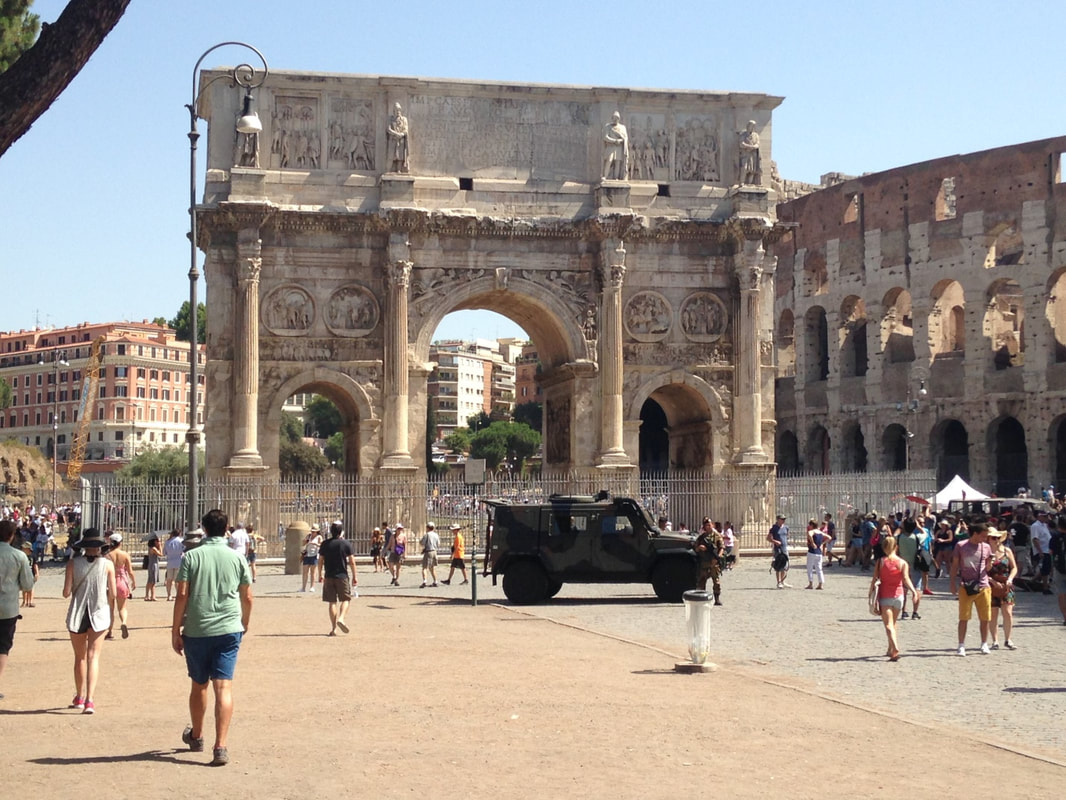
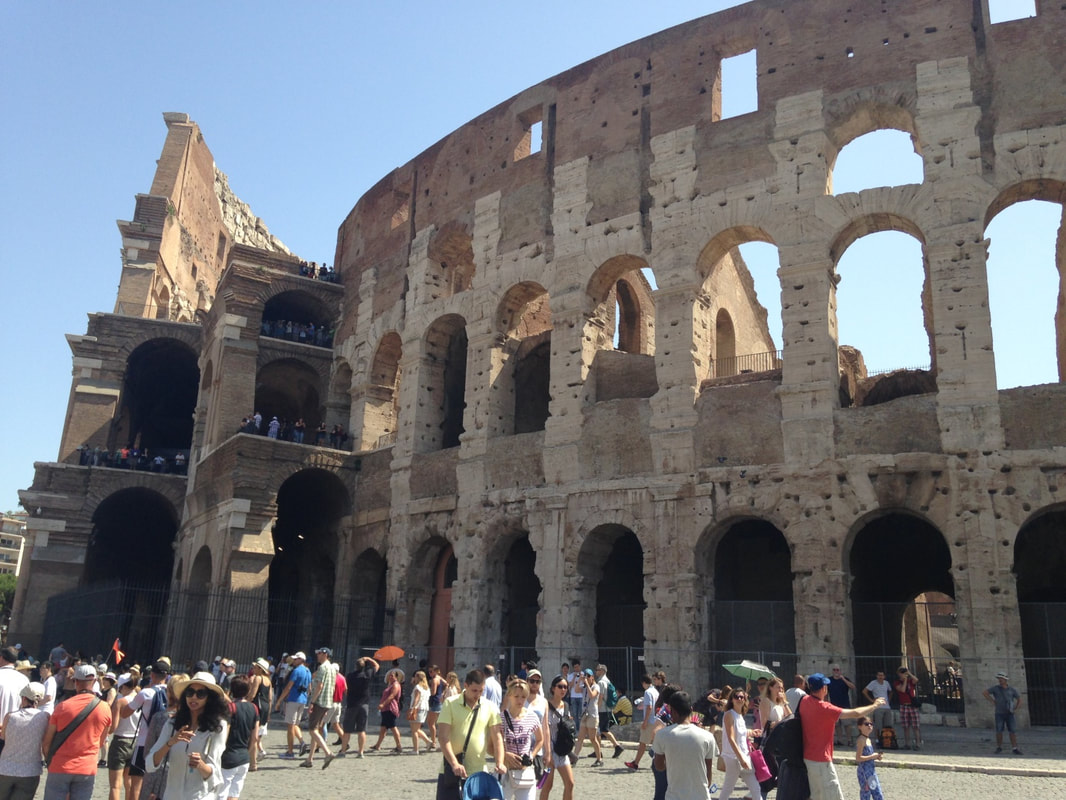
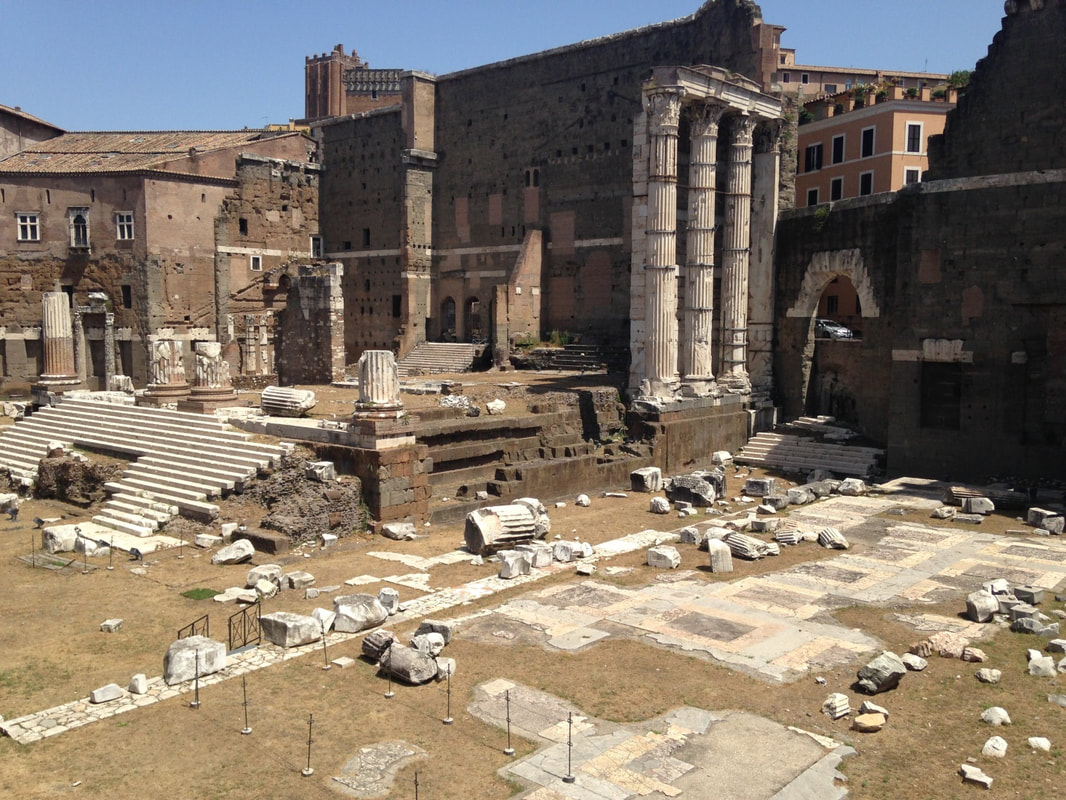
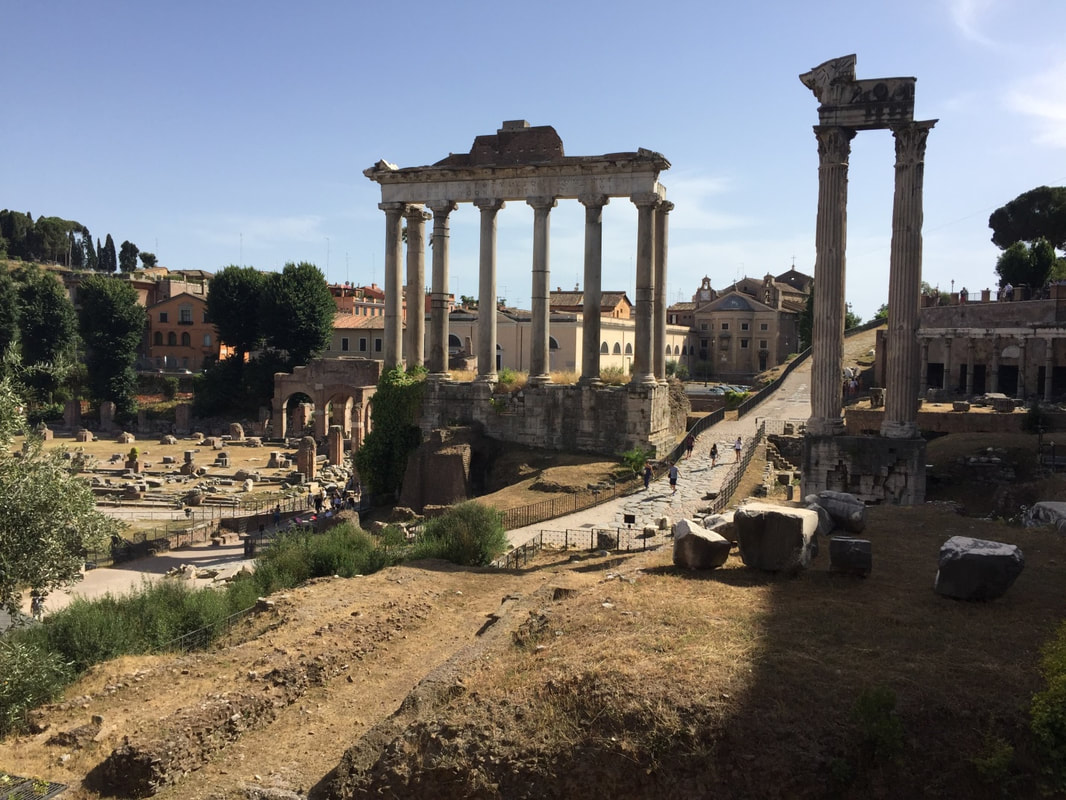
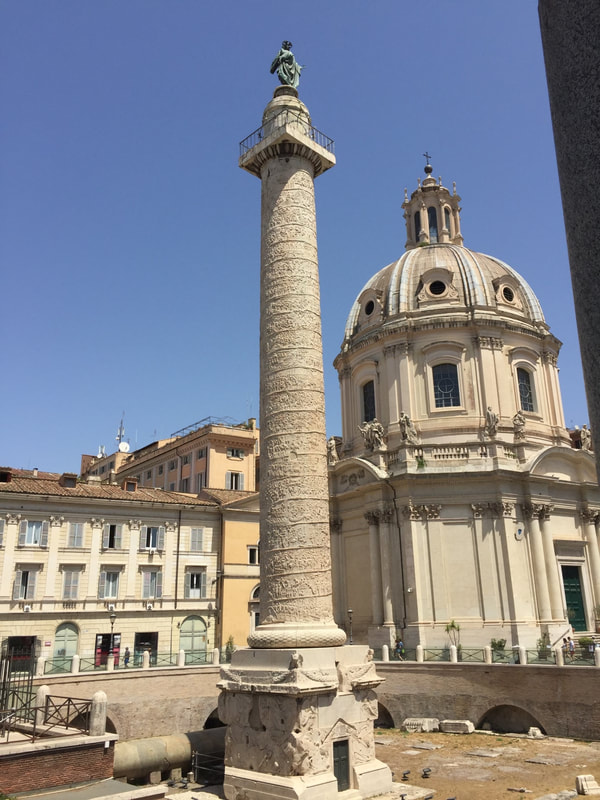
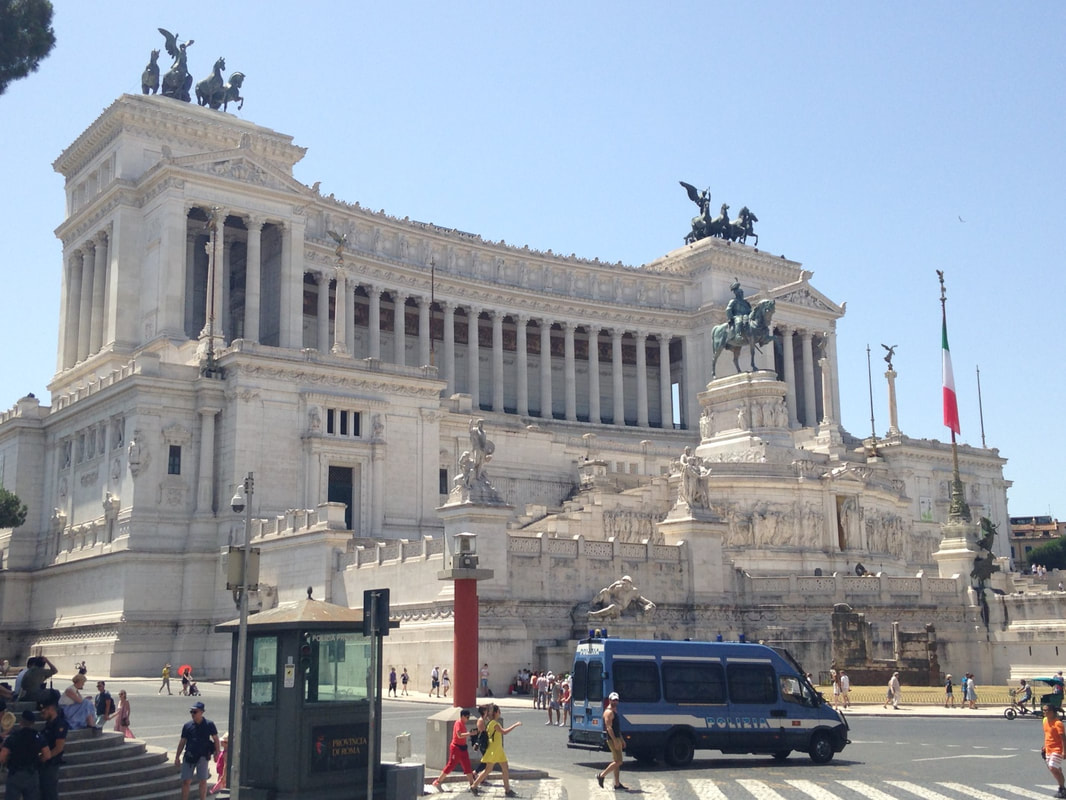
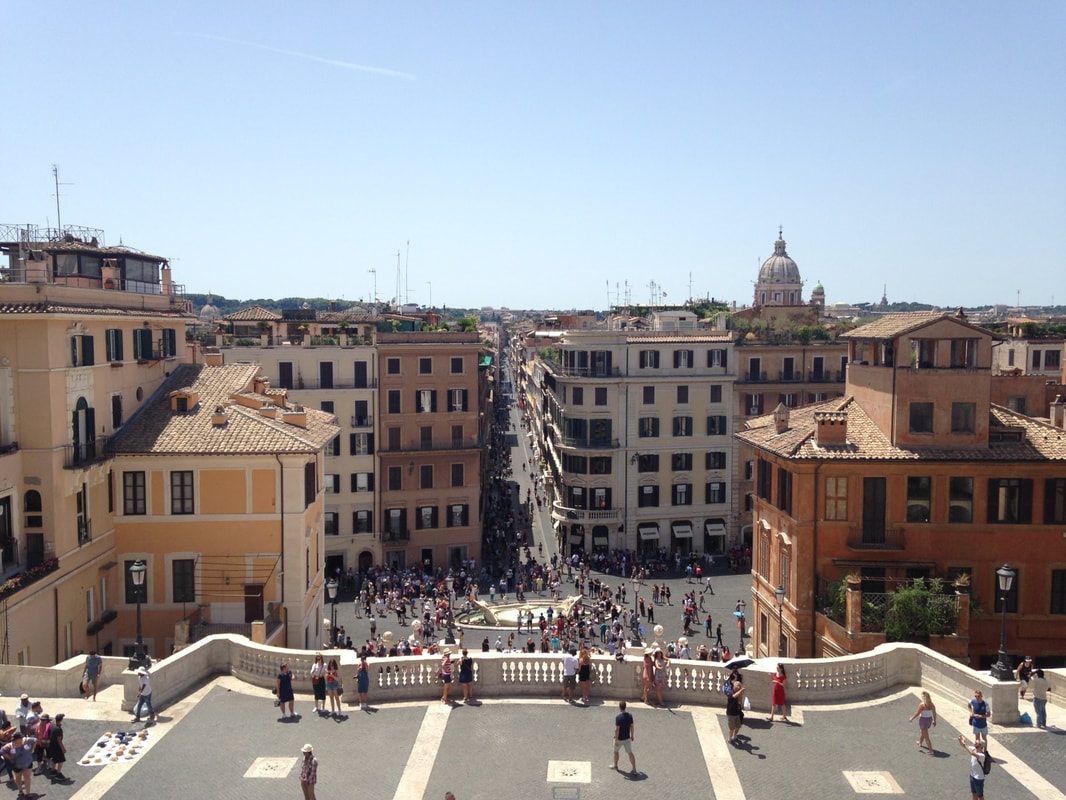
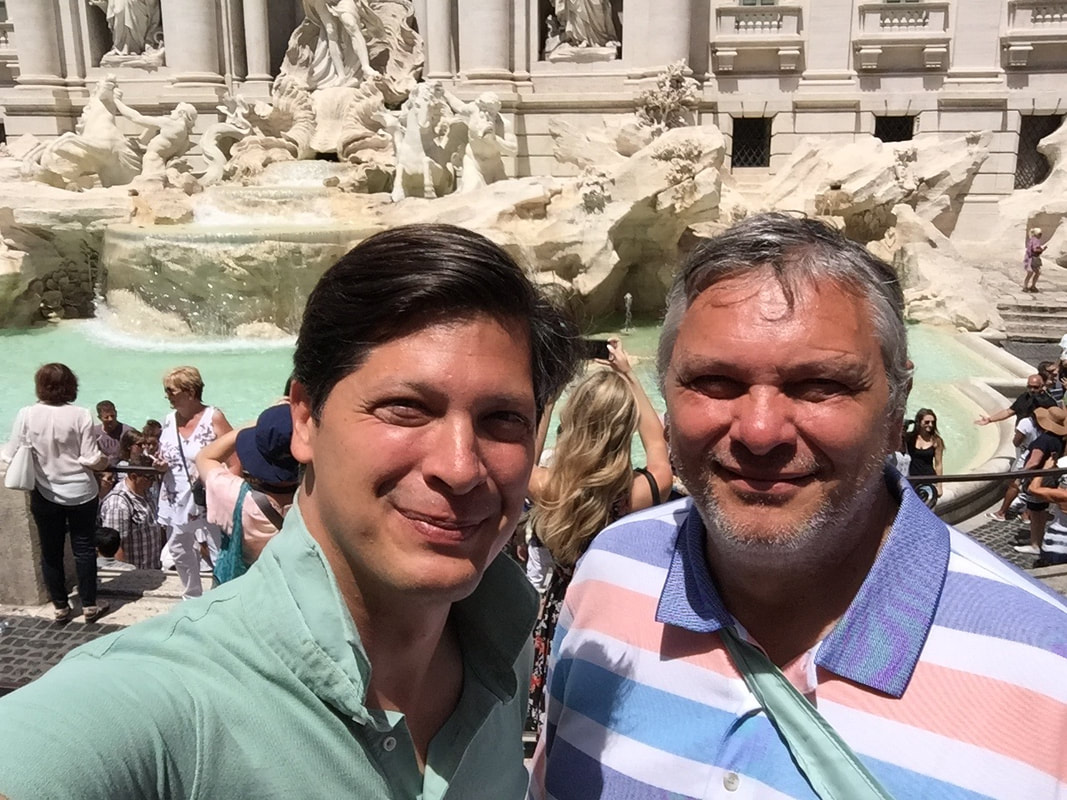
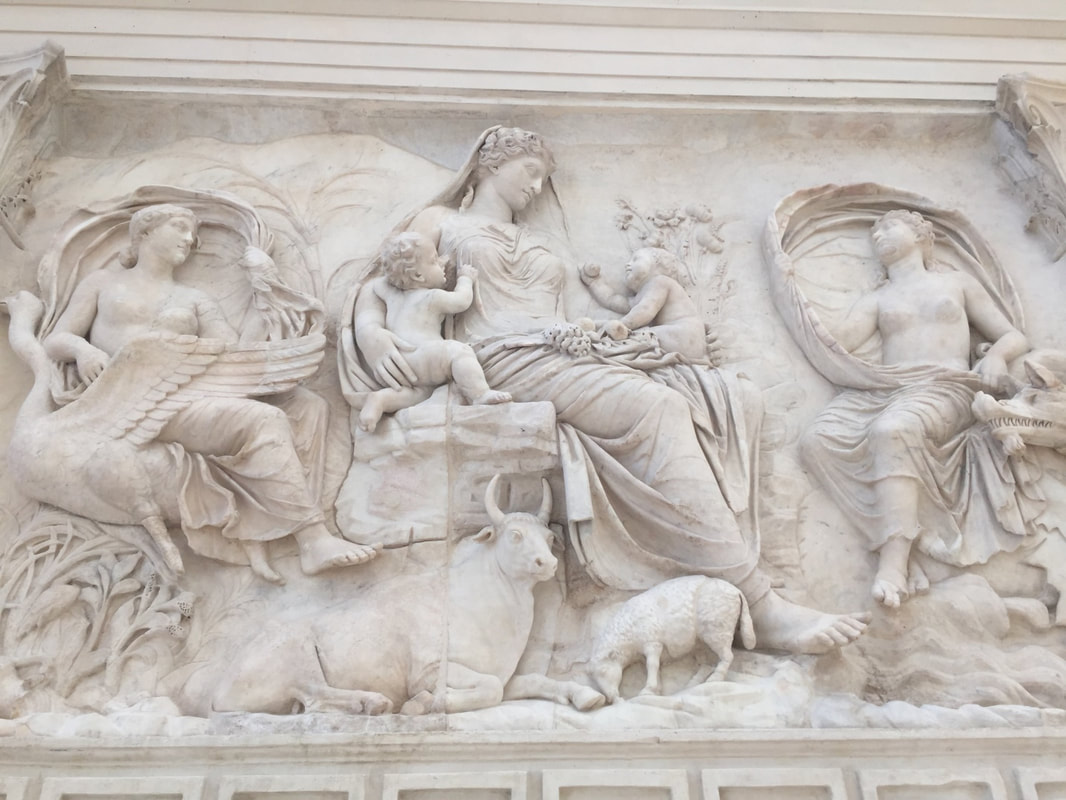
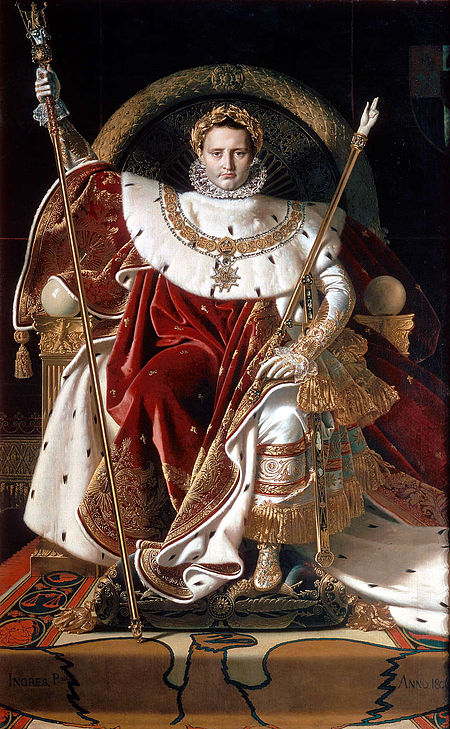
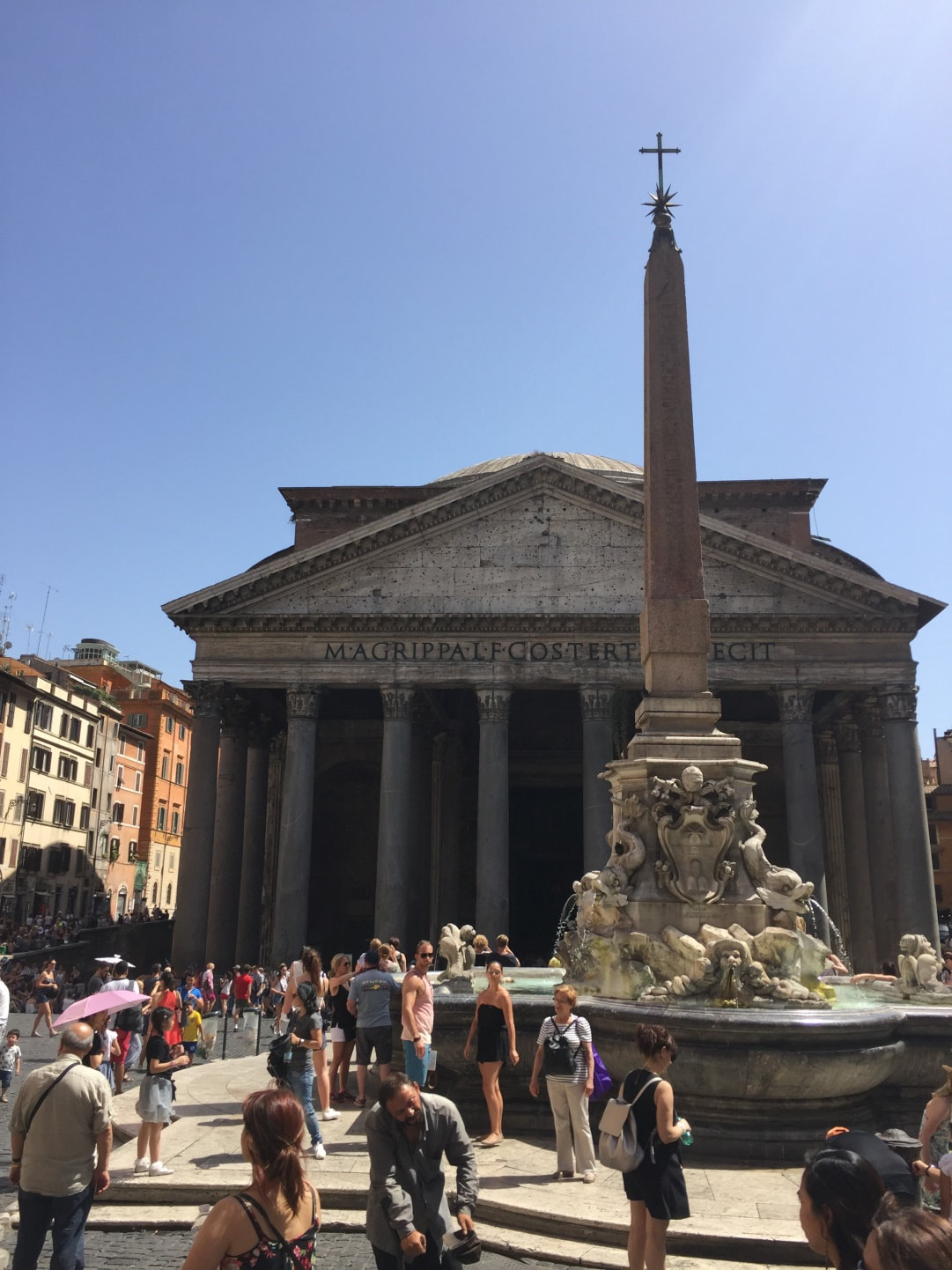
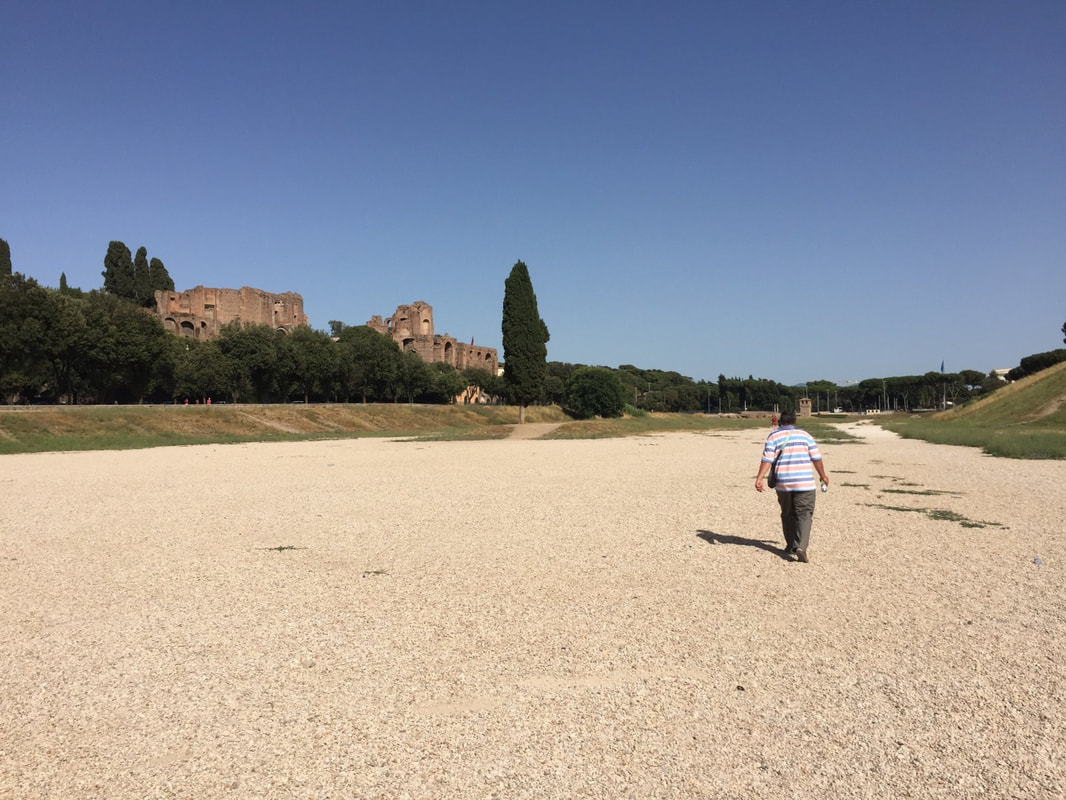
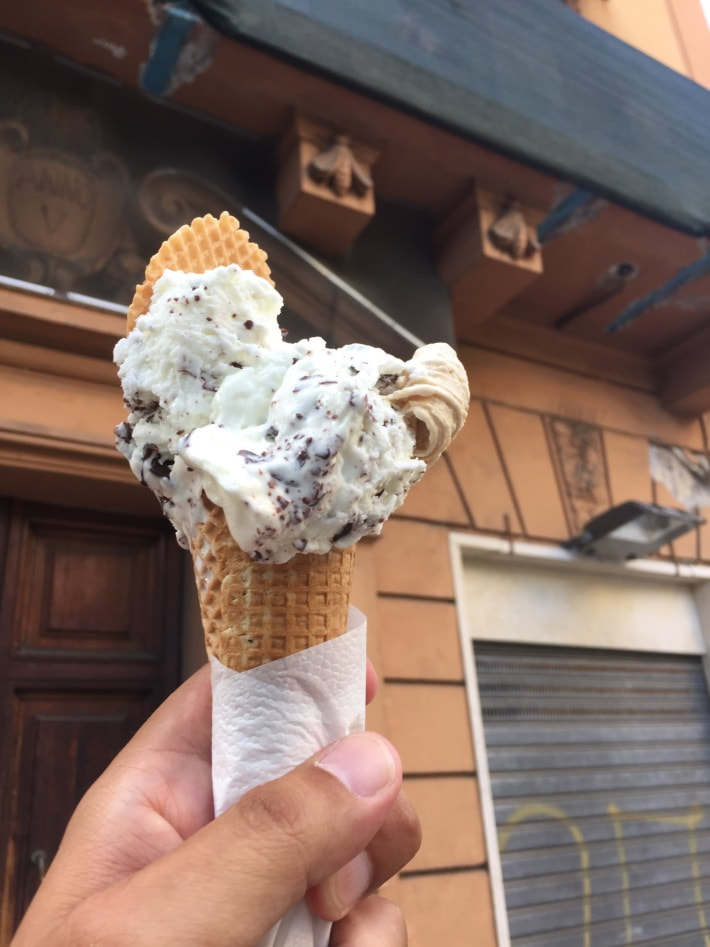

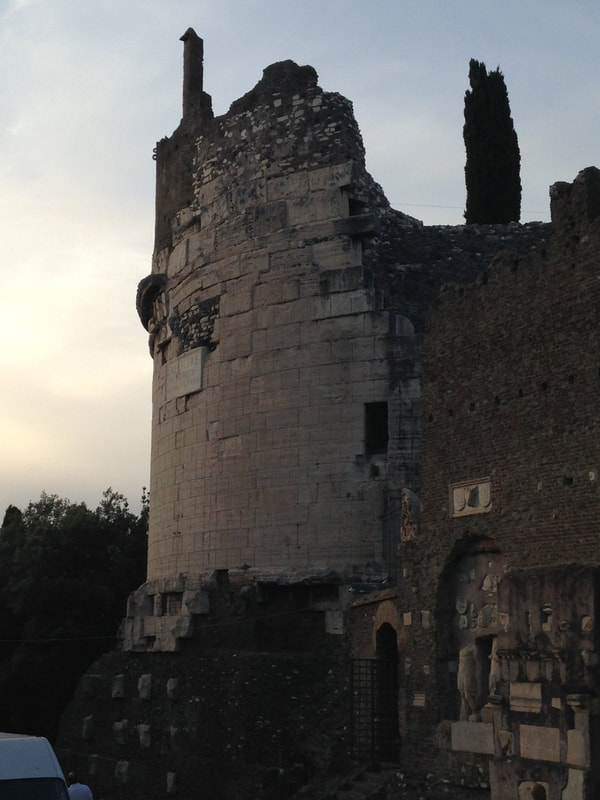
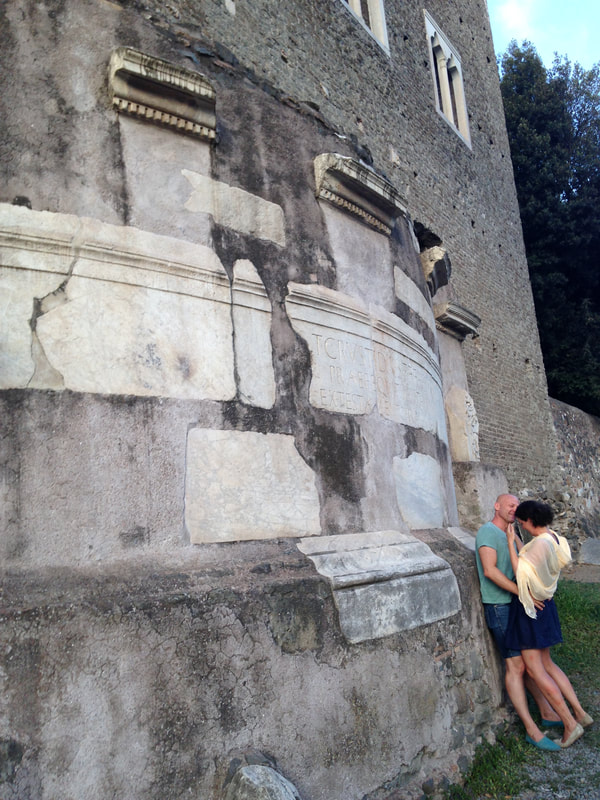
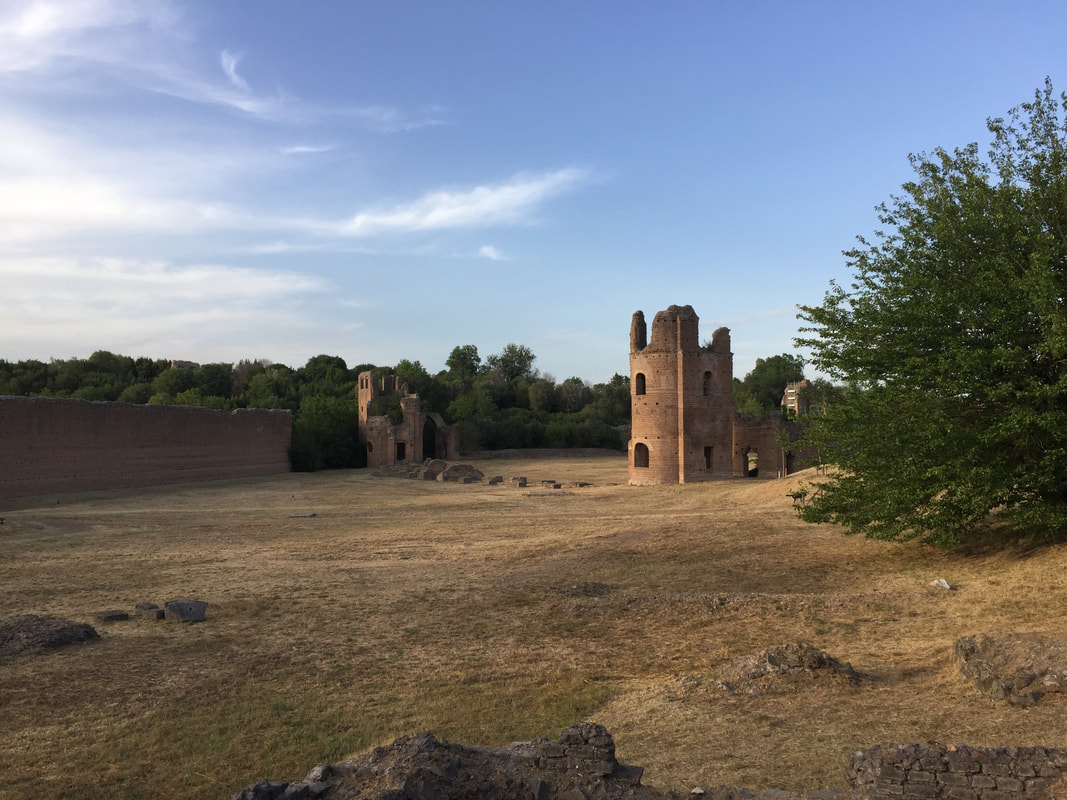
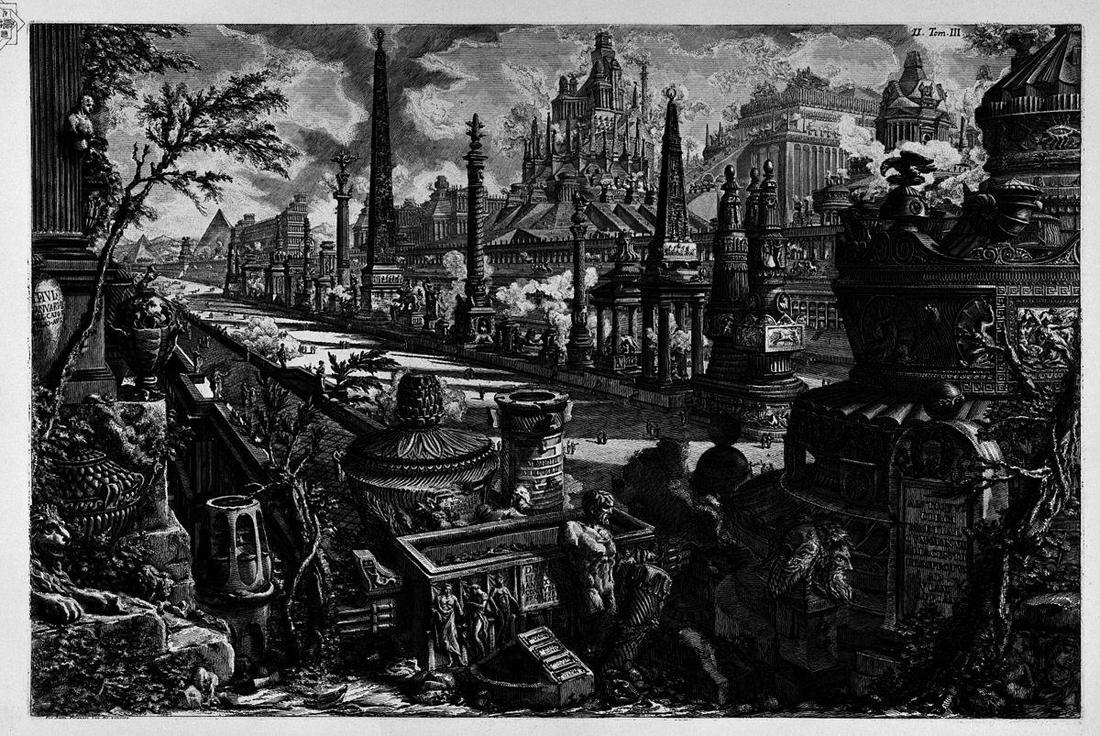
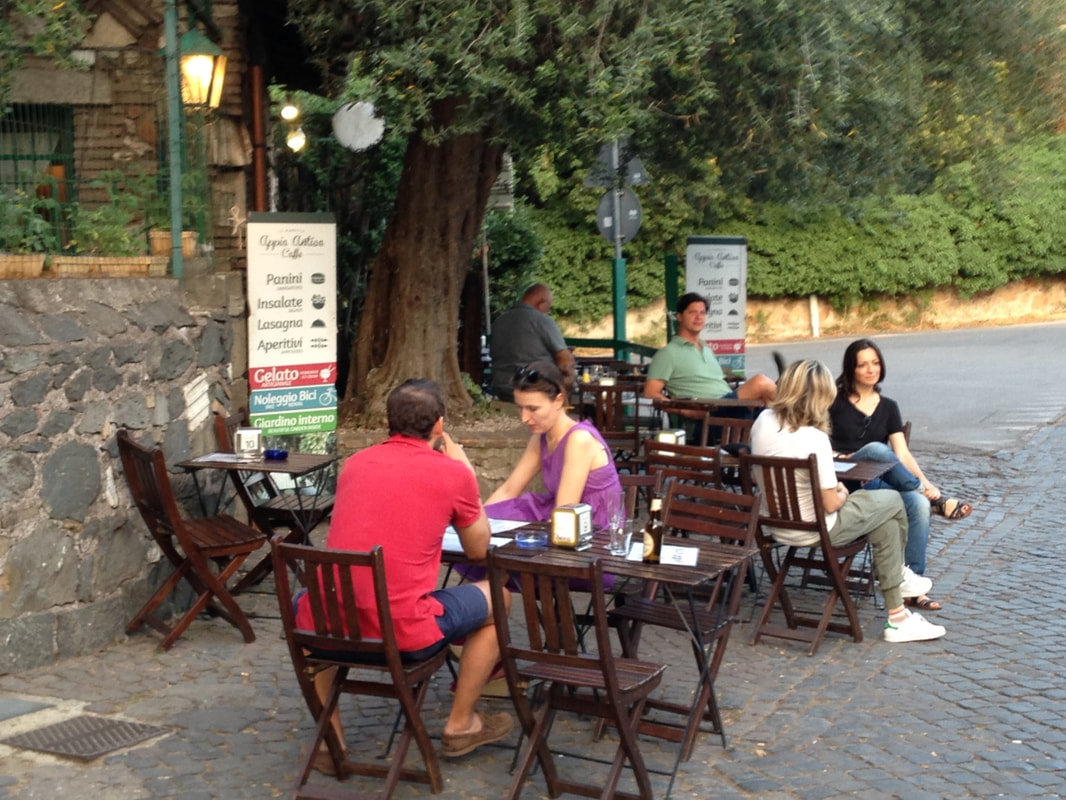
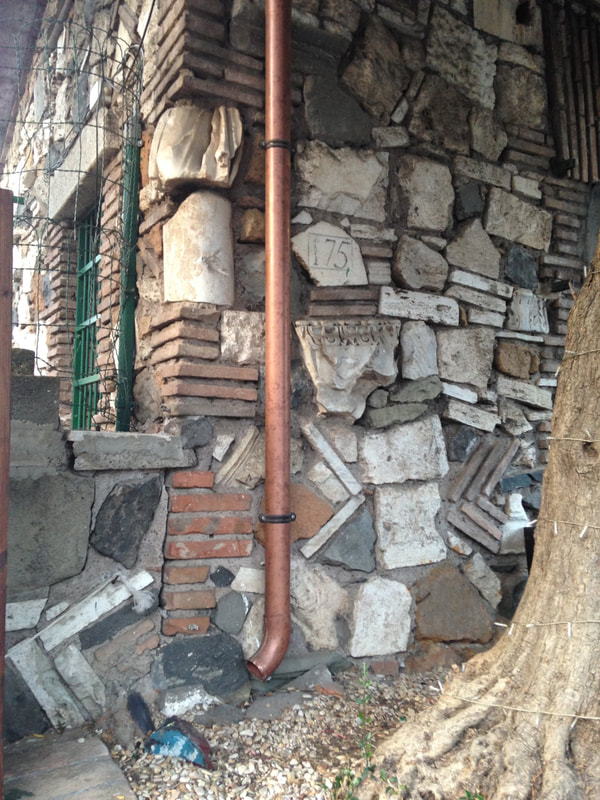

 RSS Feed
RSS Feed